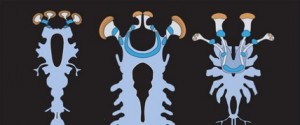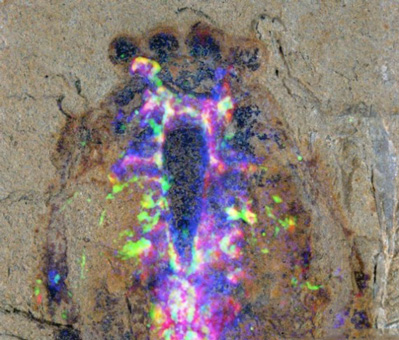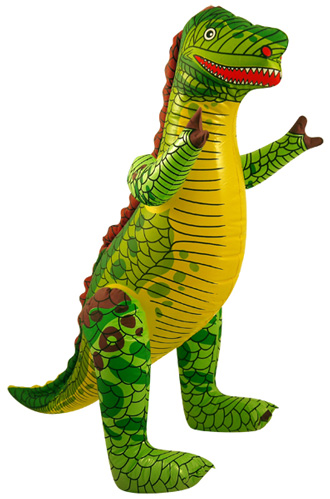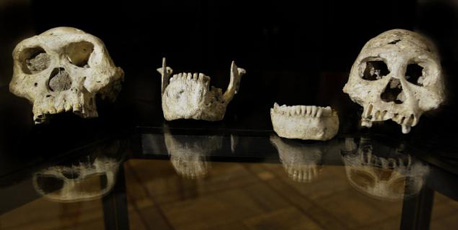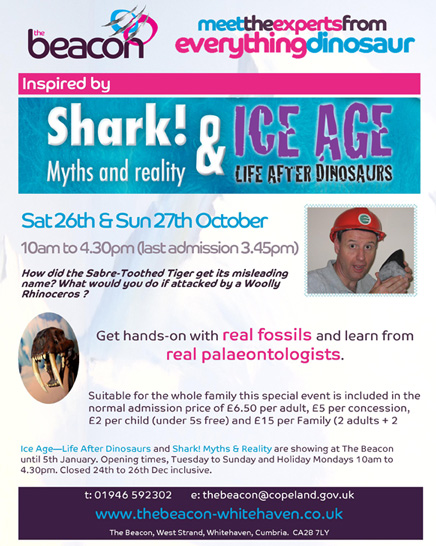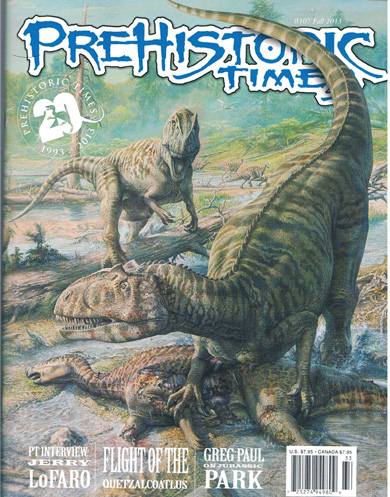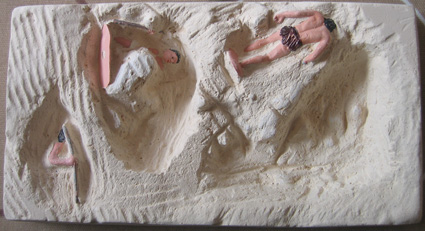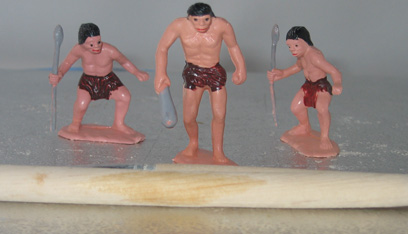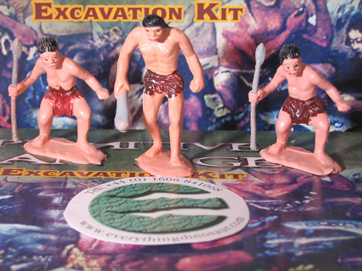Ancient Arthropod Brain and Nervous System Studied
Cambrian Arthropod – The World’s Oldest “Brain” is Studied
The fossil of an ancient arthropod discovered in southern China is helping scientists to understand the links between different types of animal that make up the largest phylum in the animal kingdom. The fossil has revealed evidence of a central nervous system and a rudimentary control centre situated at the front of the animal, what could be termed a brain.
Ancient Arthropod Brain
The fossil, a member of a Cambrian arthropod genus known as Alalcomenaeus has a nervous system that is similar to that found in extant spiders and scorpions. By studying the layout of central nervous systems in the Arthropoda, palaeontologists are able to build up a picture of the phylogenetic relationships between what is a very diverse phylum. Arthropods include crustaceans, scorpions, spiders, millipedes, centipedes, horseshoe crabs and insects.
Alalcomenaeus is a member of the Megacheiran group of the Arthropoda (big claws). It lived in a shallow, marine environment approximately 520 million years ago (Middle Cambrian). The fossil is one of a number of beautifully preserved specimens that have been unearthed in the Chengjiang Formation (the Moatianshan shales of Yunnan Province, south-west China). The shales have revealed an extensive and diverse marine fauna (something like 16 different phyla have been identified). The site rivals the great Burgess Shales location in British Columbia (Canada), in terms of its importance to scientists when it comes to understanding the rapid diversification of animal types in what is known as the “Cambrian explosion”.
A Fossil of Alalcomenaeus
 Picture credit: University of Arizona/N. Strausfeld
Picture credit: University of Arizona/N. Strausfeld
CAT Scans
The research team, which included scientists from the University of Arizona, used CAT scans to make three-dimensional reconstructions of features of the fossilised nervous system. Laser scanning was also carried out and light microscopy studies to enable the distribution of chemical elements preserved in the fossil to be mapped. Evidence of metals such as traces of copper and iron helped the team to outline the different neural structures in this ancient animal.
The complex structure in the animal’s head, the brain and the layout of the central nervous system and nerve network reveals similarities between the extinct creature’s nervous system and the nervous systems of several modern arthropods. This suggests a common ancestry between Alalcomenaeus and many types of extant arthropod.
Shedding Light on Evolutionary Processes
Living arthropods are commonly separated into several major subphyla. The chelicerates, for example, includes spiders, horseshoe crabs and scorpions. Then there is a subphylum termed Crustacea (shrimps, crabs, lobsters and such like) and a group the includes the insects (Hexapoda). This new study sheds light on the evolutionary processes that may have given rise to modern arthropods, and also provides clues about where these extinct mega-clawed creatures fit in with the arthropoda phylum.
Senior author of the research paper, which has recently been published in the journal “Nature”, Professor Nicholas Strausfeld (University of Arizona) stated:
“We now know that the Megacheirans had a central nervous system very similar to today’s horseshoe crabs and scorpions. This means that the ancestors of spiders and their kin lived side by side with the ancestors of the Crustaceans in the Cambrian.”
Alalcomenaeus is a newly established genus. It measured around three centimetres in length, had a segmented body with approximately 12 pairs of attached limbs.
Extinct and Extant Arthropod Nervous Systems Compared
Picture credit: University of Arizona/N. Strausfeld
This illustration shows the nervous systems of the Alalcomenaeus fossil (left), a larval horseshoe crab (middle) and a scorpion (right). Diagnostic features that reveal the evolutionary relationships among these animals include the forward position of the gut opening in the brain and the arrangement of optic centres outside and inside the brain supplied by two pairs of eyes. The brown coloured objects represent the compound eyes.
Describing this strange creature Professor Strausfeld added:
“Up front, it has a long pair of appendages that have scissor-like components, basically an elbow with scissors on the end. These are really weird appendages, and there has been a long debate about what they are and what they correspond to in modern animals.”
Studying the Nervous System
Greg Edgecombe (Natural History Museum – London) stated that the nervous system tends to be similar between major groups of related animals. By studying these structures scientists can work out phylogenetic relationships between different taxa. He stated that the nervous system and its layout was one of the more reliable tools in the armoury of invertebrate palaeontologists when it comes to trying to investigate the evolutionary tree of the Arthropoda.
Doctor Edgecombe commented:
“They both have an ‘elbow joint’ in the same place, and they both have a similar arrangement of a fixed and movable finger at the tip. Because of these similarities, one of the main theories for what ‘great appendage arthropods [Megacheirans]’ are is that they were related to chelicerates. Thus, our findings from the nervous system gave an injection of new data to support an existing theory.”
Recently, Dr Edgecombe and his fellow researchers from the Natural History Museum identified another Cambrian fossil specimen whose nervous system and brain revealed an unexpected similarity to the brains of modern Crustacea. When these two studies are put together, they reveal important and significant information regarding the evolution and early diversity of the Arthropoda.
A Close up of the Head of Alalcomenaeus
Picture credit: University of Arizona/N. Strausfeld
Alalcomenaeus Fossil Specimen
The picture shows a highly magnified view of the head region of the Alalcomenaeus fossil specimen. It includes superimposed colours of a microscopy technique that reveal the distribution of chemical elements in the fossil. Copper shows up as blue, iron as magenta and the CT signatures as green. The coincidence of iron and CT denote nervous system components. The creature boasted two pairs of eyes (ball-shaped structures at the top).
Professor Strausfeld explained:
“Our new find is exciting because it shows that mandibulates (to which Crustaceans belong) and Chelicerates were already present as two distinct evolutionary trajectories 520 million years ago, which means their common ancestor must have existed much deeper in time. We expect to find fossils of animals that have persisted from more ancient times, and I’m hopeful we will one day find the ancestral type of both the mandibulate and chelicerate nervous system ground patterns. They had to come from somewhere. Now the search is on.”
A spokes person from Everything Dinosaur added:
“This new research in conjunction with the earlier published papers, is helping to shed new light on the evolutionary relationships concerning the arthropods. The Cambrian explosion, a sudden burst of evolution, specifically of those organisms with hard, mineralised parts marks the start of the Phanerozoic Eon – the “time of visible life”, these fossils, many of which are microscopic are playing an important role in helping scientists to unravel the tree of life.”


